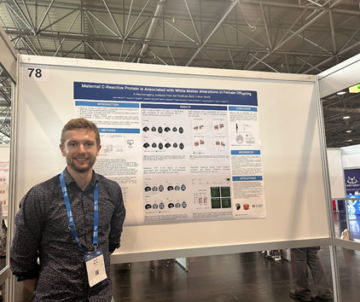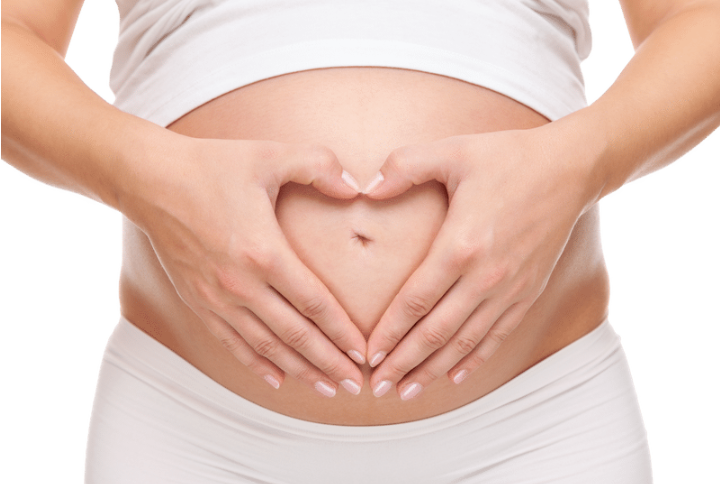Maternal immune system and child brain structure
A mother’s immune system is crucial for a healthy pregnancy – it plays an important role in the implantation of the embryo, keeps the mother protected from infection, and facilitates a natural childbirth, but too much immune system activity can have very negative consequences for the baby’s development, including brain development. If a mother develops a viral infection during pregnancy, this increases the child’s odds of schizophrenia or autism spectrum disorder, even though the virus almost never reaches the placenta or the baby’s brain (except in rare cases, such as the Herpes Simplex or Zika viruses). This is because, while the virus does not directly affect the brain, it activates the maternal immune system, which then creates large numbers of immune proteins to fight the infection, and these do make their way to the foetal brain, where they can interfere with normal developmental processes.
Importantly, the maternal immune system can be stimulated even without an infection – such as by allergies, autoimmune diseases such as rheumatoid arthritis and type I diabetes, obesity, and environmental pollutants – and all of these have the same effect as an infection, in that they increase the risk for a neurodevelopmental disorder. This all suggests that increased immune activity during pregnancy, also known as maternal immune activation (MIA), affects foetal brain development. However, there is very little research about whether MIA is associated with brain structure in children, and, if so, what kind of changes there may be to the brain, or whether they differ in boys and girls. Our project in FinnBrain has aimed to answer this question.
I first joined FinnBrain in April 2022, when I was half way through my PhD exploring the relationship between pregnancy disorders and neuron development in Cork, Ireland. I travelled to Turku, where the senior researchers in FinnBrain had planned a project to study the association between MIA and brain structure in children, beginning what would be a wonderful research collaboration. I spent the next month learning about FinnBrain, training on how to analyse the data, and exploring the city and greater Turku region. I returned to Ireland at the end of May, and spent most of the next year and a half analysing the data for this project.
The maternal blood samples from FinnBrain which were taken during pregnancy have been analysed for an immune system protein called C-reactive protein (CRP), which is used as a marker of overall immune activity, and the children have undergone MRI as infants and 5-year-olds. This is an ideal setting in which to study the association between MIA and grey and white matter structure in the brain.
When we first looked at whether there is an association between maternal CRP and the children’s brain structure, we found nothing at all. And for a while, we thought these were the results, until we decided to divide our sample by sex – and suddenly there were a large number of associations, but they differed in males and females. This was especially the case in the brain’s white matter tracts, which were associated with maternal CRP only in female children. This is the first evidence in humans that the activity of the maternal immune system can predict this type of brain structure in children, and it seems to do so differently in male and female babies.
The last thing we wanted to explore was whether this association between maternal CRP and brain structure is reflected in individual brain cells, called neurons. To do this, I grew human neurons in the lab for 2 weeks, and gave them small amounts of maternal blood from mothers with high or low CRP, representing high or low levels of immune activity. The high CRP samples caused neurons to grow longer axons (or “wires”) – but, incredibly, only from mothers who were pregnant with female babies, suggesting that the maternal immune system can act differently depending on the sex of the foetus, with a different effect on brain cells depending on whether the baby is male or female.
Most importantly, FinnBrain is not doing all this work alone – in fact, we are working with collaborators in other cohorts from Finland, the Netherlands, Denmark, and Spain, to replicate this study on a much larger scale, and with offspring of different ages, and this work is likely to continue for the next few years. Not only have I been lucky enough to work on this project, but since finishing my PhD in early 2024, I have moved to Turku to join FinnBrain full-time, where, as part of an interdisciplinary team of scientists, I will be exploring how a child’s own immune system in the first few years of life affects their brain development.
Aaron Barron
Senior Researcher


